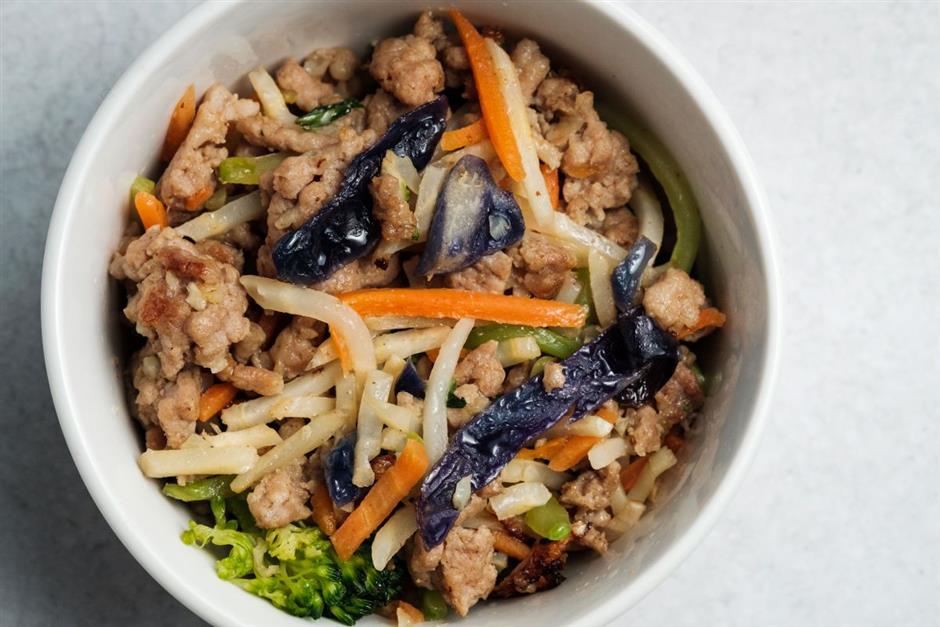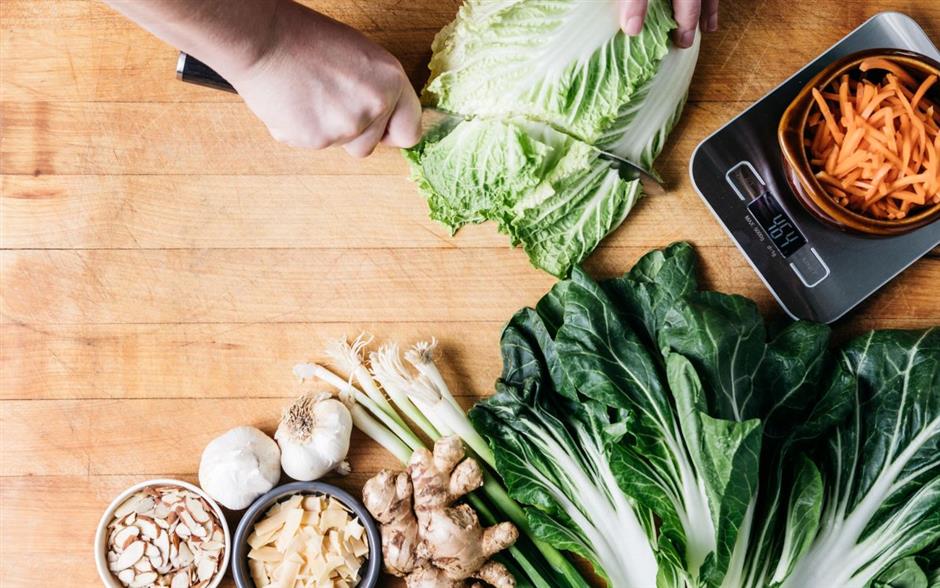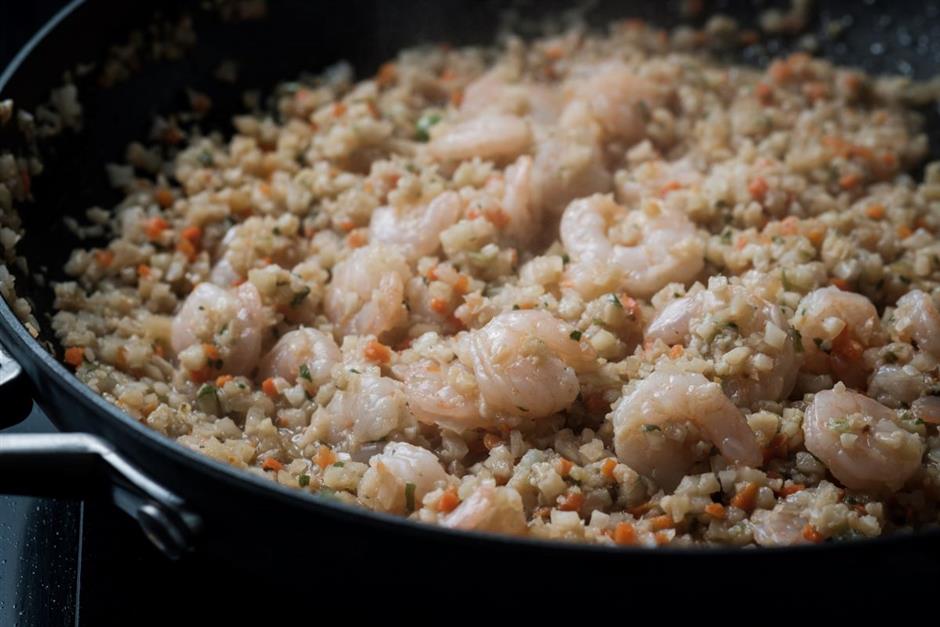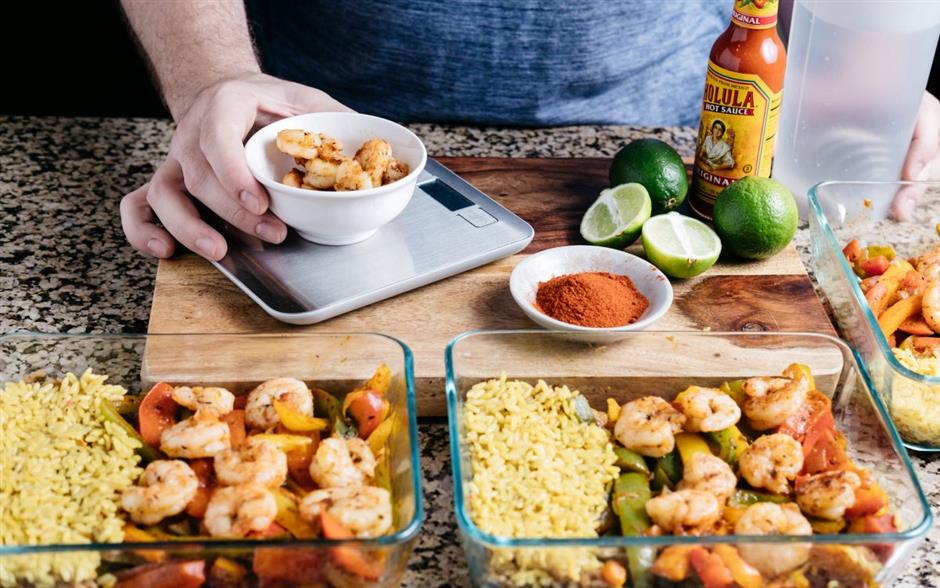Low Carb Diet That Isn T Keto
Low-Carb vs. Keto: Breaking Down the Diet Differences
With carbohydrate-focused diets earning their time in the spotlight, one of the most common nutrition questions we get is, "What are the differences between low-carb vs. keto diets?"
While both dietary patterns focus on carb intake, the macronutrient breakdown of each plan looks a lot different. Another major difference is many people following a low-carb diet don't ever enter ketosis, the metabolic state that many of the health benefits of the keto diet are based on.
The two dietary plans also have some similarities. For starters, both have a carb limit, so you eliminate many of the same types of foods, like grains (even whole grains), high-sugar fruits and most processed foods. They also get their benefits from balancing blood sugar and insulin levels.
Depending on your goals, both diets may have something to offer, but carb restriction isn't right for everyone, especially if you do high-intensity exercise regularly. That's why our coaches work with you to find a diet that fits your lifestyle.
That being said, let's break down both types of diets and look at them in a little more detail.
What's a Low-Carb Diet?

On its most basic level, a low-carb diet requires you to eat fewer carbohydrates than is generally recommended. There are no hard rules about how many carbohydrates you have to eat, but most of them fall somewhere between 50 to 100 grams per day.
When following a low-carb diet, you get your carbohydrates from slower-digesting carbs, or those that don't raise your blood sugar too high, too quickly. Some examples of these types of carbs are:
- Non-starchy veggies, like bell peppers, tomatoes, cauliflower, Brussels sprouts, broccoli, kale and other leafy greens
- A limited amount of starchy vegetables, like sweet potatoes and carrots
- Nuts and seeds, including nut butter
- Some fruits, like apples, berries and avocado
- A small amount of beans and legumes
Depending on the dietary plan you're following, you make up for your missing carbs with higher amounts of both protein and fat.
Typically, the breakdown of your daily calories on a low-carb diet looks like this:
- 10-20% carbs
- 30-40% protein
- 30-40% fat
For reference, the USDA currently recommends you get 45-65% of your calories from carbohydrates, 10-30% from protein and 25-35% from fat [ 1 ].
How Do Low-Carb Diets Work?

Most of how low-carb diets work comes down to insulin.
Insulin is classified as an anabolic hormone, which means it prompts growth and energy storage. To put that into the context of body weight, when insulin levels are high, it increases how much fat your body makes, a process called lipogenesis. High insulin levels also reduce the amount of fat your body burns, a process called lipolysis [ 2 ].
Increased fat production combined with decreased fat burning translates to weight gain or trouble losing weight. High insulin levels can also lower metabolism and increase hunger and appetite [ 3 ].
Carbohydrates have the most significant effect on insulin because carbohydrates supply the highest amount of glucose, the sugar your body uses as energy.
When you eat carbohydrates, your digestive system breaks them down into glucose, which then enters your blood.
How Low-Carb Diets Work With Glucose
Once glucose enters the blood, it sends a signal to your pancreas to release insulin. Insulin attaches to glucose and does two things with that glucose:
- It carries it to your cells where it's immediately used for energy.
- It carries it to your liver where it's converted to glycogen and stored for later.
Once these two needs are met, any leftover glucose is converted into and stored as fat in your body [ 4 ].
By following a low-carb diet, you can reduce your blood sugar levels, thereby reducing your insulin levels and helping prompt your body to burn fat [ 5 ]. This often happens even if you aren't eating fewer calories.
But it's not just about your weight. Low-carb diets can also help improve your overall health.
While high insulin levels are connected to weight gain and obesity, they're also linked to health problems, like high blood pressure, high cholesterol, diabetes, heart disease and high triglycerides. Balancing your insulin levels and making sure your body responds to insulin properly can reduce your risk of developing these issues.
Pros:
- Can lead to weight loss.
- Excludes high-carb foods that don't have a lot of nutrient density, like pizza, cake, cookies, processed cereals and bread.
- Can balance blood sugar levels and make you more responsive to insulin, which reduces your risk of health problems, like high blood pressure, heart disease and type 2 diabetes.
- May help reduce sugar cravings.
- More easily meets your fiber needs than keto since you can eat a wider variety of fruits and vegetables.
- Less restrictive than a keto diet.
Cons:
- Can be difficult to maintain, especially for carb lovers.
- Can be harder to meet nutrient needs, since you have to eliminate some food groups.
- Can decrease performance during high-intensity exercise.
What's a Keto Diet?

Now, let's look at the keto diet.
While many people classify the keto diet as a low-carbohydrate diet, it's technically a low-carbohydrate, high-fat diet, also called an LCHF diet.
That's one of the major differences between low-carb and keto.
With a low-carb diet, you don't have to get most of your calories from fat, but with a keto diet, eating plenty of healthy fats is just as important as the number of carbs on your plate.
Most of your calorie intake will come from healthy fats, like:
- Avocados and avocado oil
- Olives and olive oil
- Nuts and seeds, like macadamia nuts, chia seeds and hemp seeds
- Butter (ideally, grass-fed)
- Some high-quality cheese
A keto diet is more restrictive and generally puts a limit of 20-50 grams of carbs per day.
When designing a keto meal, your carbs will come from:
- Non-starchy veggies, like broccoli, cauliflower, Brussels sprouts, asparagus, kale, spinach and other leafy greens.
- Nuts and seeds
- Limited amounts of berries
Keto diets also focus more on limiting protein intake than low-carb diets. While there are mixed opinions on this, some say eating too much protein can kick you out of ketosis, the foundation of a keto diet.
While some low-carb diets are high in protein, a keto diet only allows moderate protein.
The breakdown of your daily calories on a keto diet looks like this:
- 70-80% fat
- 10-20% protein
- 5-10% carbohydrates
How Does a Ketogenic Diet Work?

Like a regular low-carb diet, a ketogenic diet also helps lower your insulin levels. However, it takes things one step further.
The ultimate goal with a keto diet is to trigger ketosis, a metabolic state in which your body uses fat for energy instead of glucose from carbohydrates.
How Keto Diets Work With Glucose
When you restrict your carbohydrate intake, you deprive your body of glucose. When you need energy, your body will use up any glucose that's stored as glycogen in the liver. When that's all gone, it needs to find another source, so it turns to fat, the next best thing.
However, some cells, like the ones in your brain and muscles, can't directly use fatty acids. Because of this, your body turns fatty acids into energy-rich substances called ketones or ketone bodies. When there are enough ketones in your blood, you enter the state of ketosis.
Some ketones come from the food you eat, but your body can also make ketones from your body fat and from triglycerides in your blood. That's why many people experience rapid weight loss, or more accurately, actual fat loss when transitioning to a keto diet.
By upping your fat intake, you also provide your body with a quick, easily accessible form of energy. That's why increased energy levels are a commonly reported benefit of a keto diet.
Pros:
- Quick weight loss because of increased fat burn.
- Makes you metabolically flexible [ 6 ], which means you can switch between burning fat and burning glucose for energy without any issues. This happens once you've been on a keto diet for a while and become fat-adapted.
- May help improve various health conditions, like epilepsy, heart disease, diabetes, Parkinson's disease, Alzheimer's disease [ 7 ] and multiple sclerosis [ 8 ]. If you have an underlying condition, always check with your healthcare provider before making major changes to your diet.
Cons:
- Depending on what your current diet looks like, it can require some pretty big changes to your lifestyle.
- Can be harder to sustain than a low-carb diet.
- Can require more advanced meal planning than other dietary plans.
- May trigger the keto flu, a short-term period of side effects where you experience flu-like symptoms that happen as your body adjusts. This can happen every time you exit ketosis and enter again.
- Harder to meet your fiber needs without a supplement.
- Can reduce performance and power during high-intensity exercise, making you feel flat.
Counting Net Carbs

In both a low-carb diet or a keto diet, you'll likely hear the term "net carbs." Since fiber and sugar aren't broken down during digestion, they don't affect your blood sugar, so they count toward your carbohydrate intake for the day.
To figure out net carbs, all you have to do is subtract fiber and any sugar alcohols from the total carbohydrate count.
Let's take broccoli for example. One cup of cooked broccoli has about 5 grams of total carbohydrates [ 9 ]. But about 3 grams of those carbohydrates come from fiber. That means a cup of broccoli has 2 grams of net carbs.
The Bottom Line on Low-Carb vs. Keto
Both low-carb diets and keto diets focus on carbohydrates, but a traditional low-carb diet is higher carb than a keto diet. A low-carb diet can also be high-protein, while a keto diet only allows moderate amounts of protein.
The biggest difference between a low-carb and a ketogenic diet is whether or not you enter the fat-burning state of ketosis. Some people on a low-carb diet may get into ketosis, especially if they exercise a lot, but it's not the main goal.
With a keto diet, ketosis is always the goal.
A Coach Can Guide You
In answering whether low-carb vs. keto is best for you, the truth is, the best diet for you is the one you can stick to.
If you need help eating low-carb or figuring out the best meal plan for you, our WAG coaches work with you one-on-one to assess your goals and design a program to get you the results you want!
Source: https://www.workingagainstgravity.com/articles/low-carb-vs-keto-breaking-down-the-diet-differences